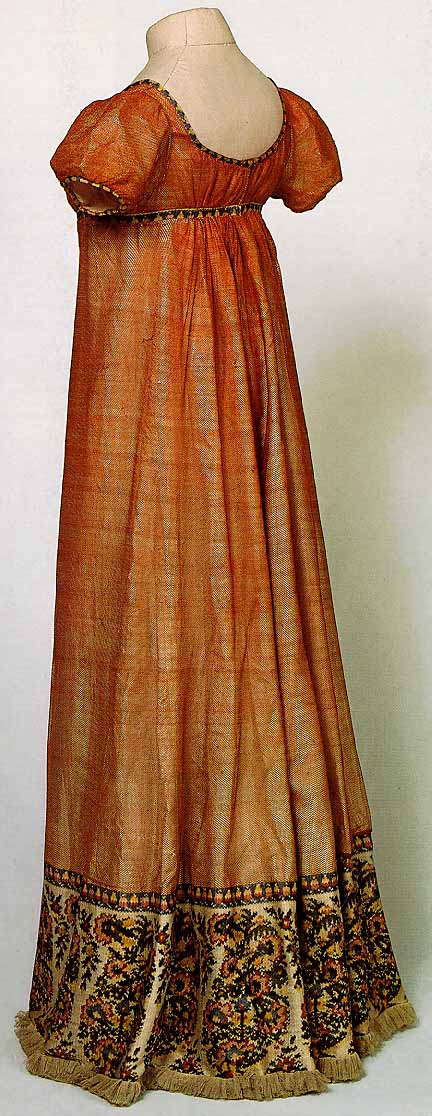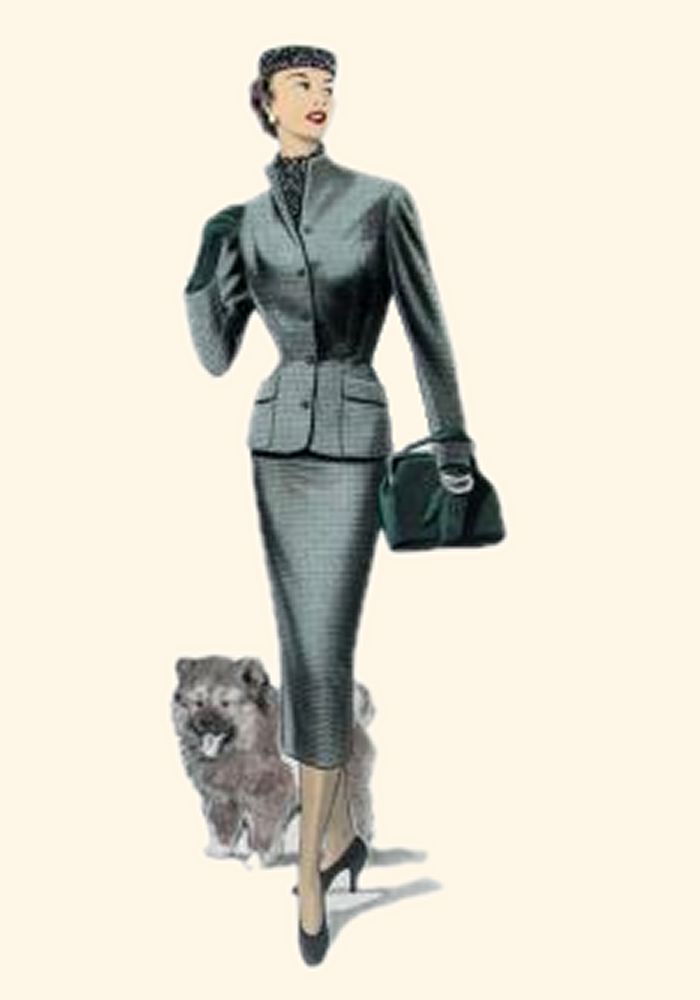Classical
Classical style originates from the Ancient Greeks and Romans. This style consists of the draped look, and is simple and elegant with folds, pleats, creases, and loose and flowing silhouettes.

This high waist, draped dress is reminiscent of a 17th century classical style.
This image can be found at: http://www.pemberley.com/janeinfo/reddress.jpg

This wedding dress is reminiscent of a 17th century classical style high waist gown and was designed in 2009.
This image can be found at: http://www.utahbrideandgroom.com/Utah-Bride-and-Groom-Magazine/Winter-2009/Fashion-Insiders/regaliz.jpg

This is a neoclassical silk evening gown from 1805.
This image can be found at: https://blogger.googleusercontent.com/img/b/R29vZ2xl/AVvXsEiDQYZUqjNFrqKDPV-lWHjxAlAYMWShcNp49fxiK9Z_NywXCX5pAwWESSvj1ceXtLuG728WYQzszTAJXoeI9ocCeZfLmxr1WTcpdQCN5Ofxs3J9Hz1eq70bufRB6ky7eF5E_sFc5B2QkHnB/s400/neoclassical+silk+evening+gown+with+metallic+trim+1805.jpg
Medieval
Medieval style originates from N. Europe in the Middle Ages (3-13th centuries). This style consists of stiff tailored look that covers the body, and includes sober colors, high necklines, and long fitted sleeves.

This ball gown is reminiscent of the medieval renaissance style.
This image can be found at: http://www.pearsonsrenaissanceshoppe.com/images/Dress_1001_Blue_Baroque_2.jpg

This suit is reminiscent of the medieval style, and was designed in the 1950’s .
This image can be found at: http://www.fashion-era.com/images/1955/1955sogcharcoalsuit.jpg

This jacked is reminiscent of the medieval style, and was designed in fall of 2003 by Karl Lagerfeld for Fendi.
This image can be found at: http://www.style.com/slideshows/fashionshows/F2007RTW/BURBERRY/RUNWAY/00010f.jpg




